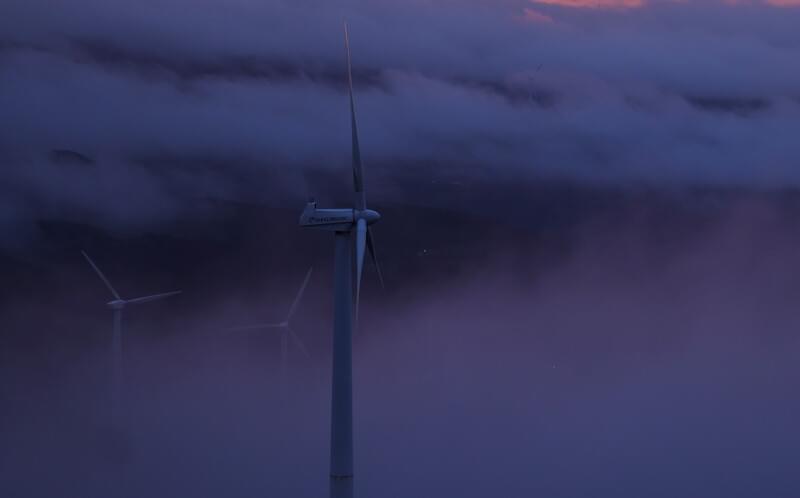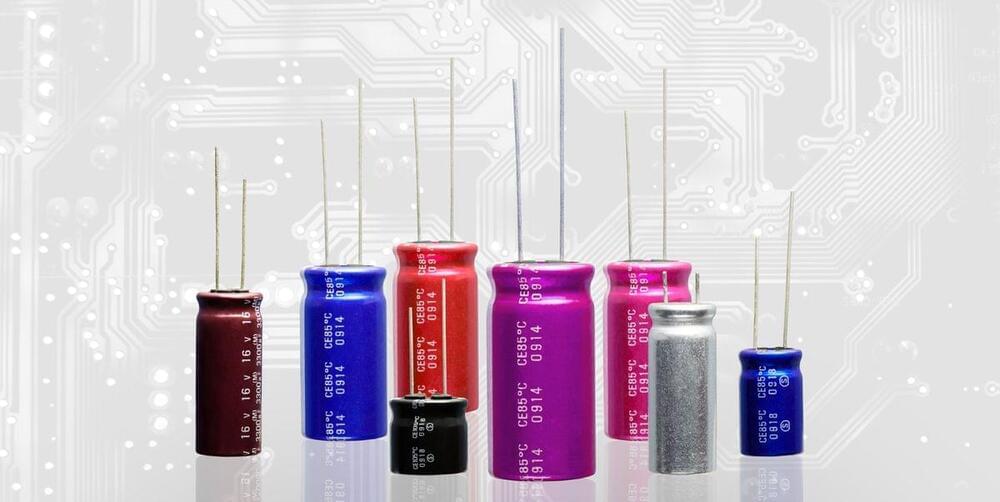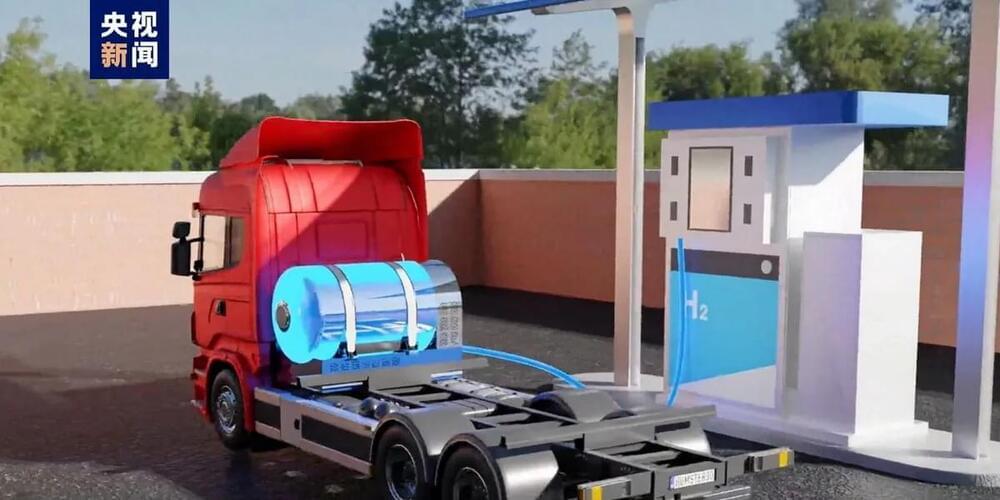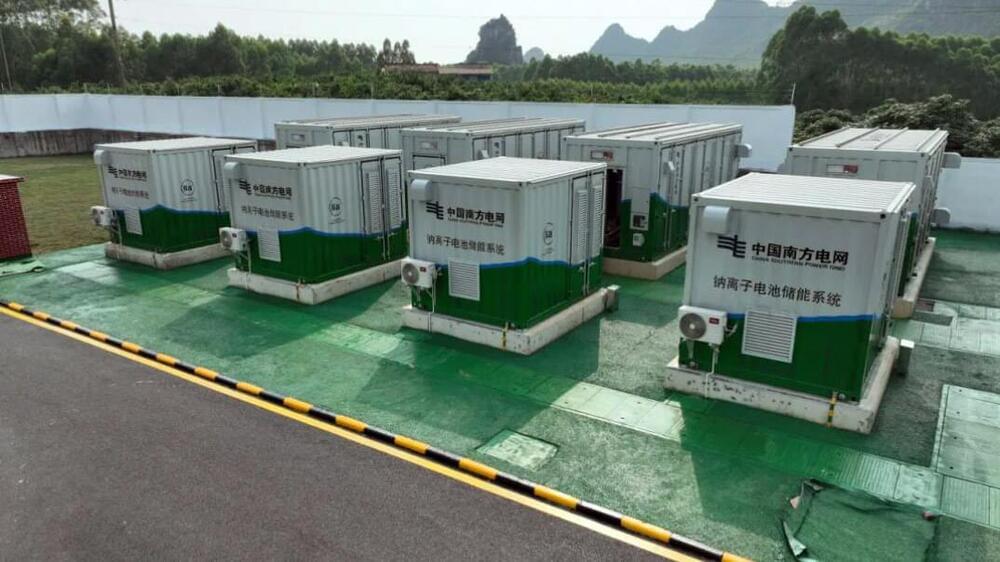Chemical and material engineering professor, Adnan Khan, has spent the past 15 years focusing his research on developing sustainable technologies aimed at decarbonizing our energy systems. “This is the most important challenge we face today. We owe this to our future generations,” he says.







